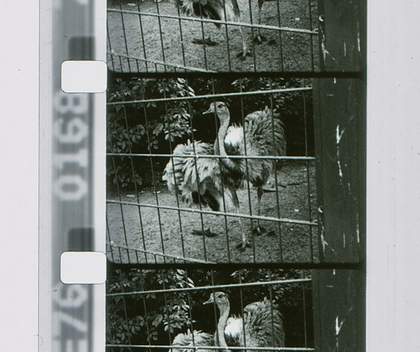Following from Tate Modern’s 2022 Counter Encounters series titled Several Encounters over Plants, A Cage Named Garden takes viewers to the zoo.
Conceived by writer and curator Filipa Ramos, the programme looks at the modes of observation and inquiry created by zoological gardens and how they influence both viewers during their leisure time and those artists who have chosen these environments as a source of intellectual, affective and creative input.
A Cage Named Garden brings together the work of artists Simone Forti, Patrick Goddard, Roman Selim Khereddine and Jeannette Muñoz to consider the artistic gaze towards the exhibition of nature and the complex and often troubled histories that surround the zoo as a place and apparatus for learning, entertainment and ideological aims.
The screening is co-presented with the Institut Français du Royaume Uni. A second programme curated by Filipa Ramos will be held on 31 October at the Institut Français du Royaume Uni.

